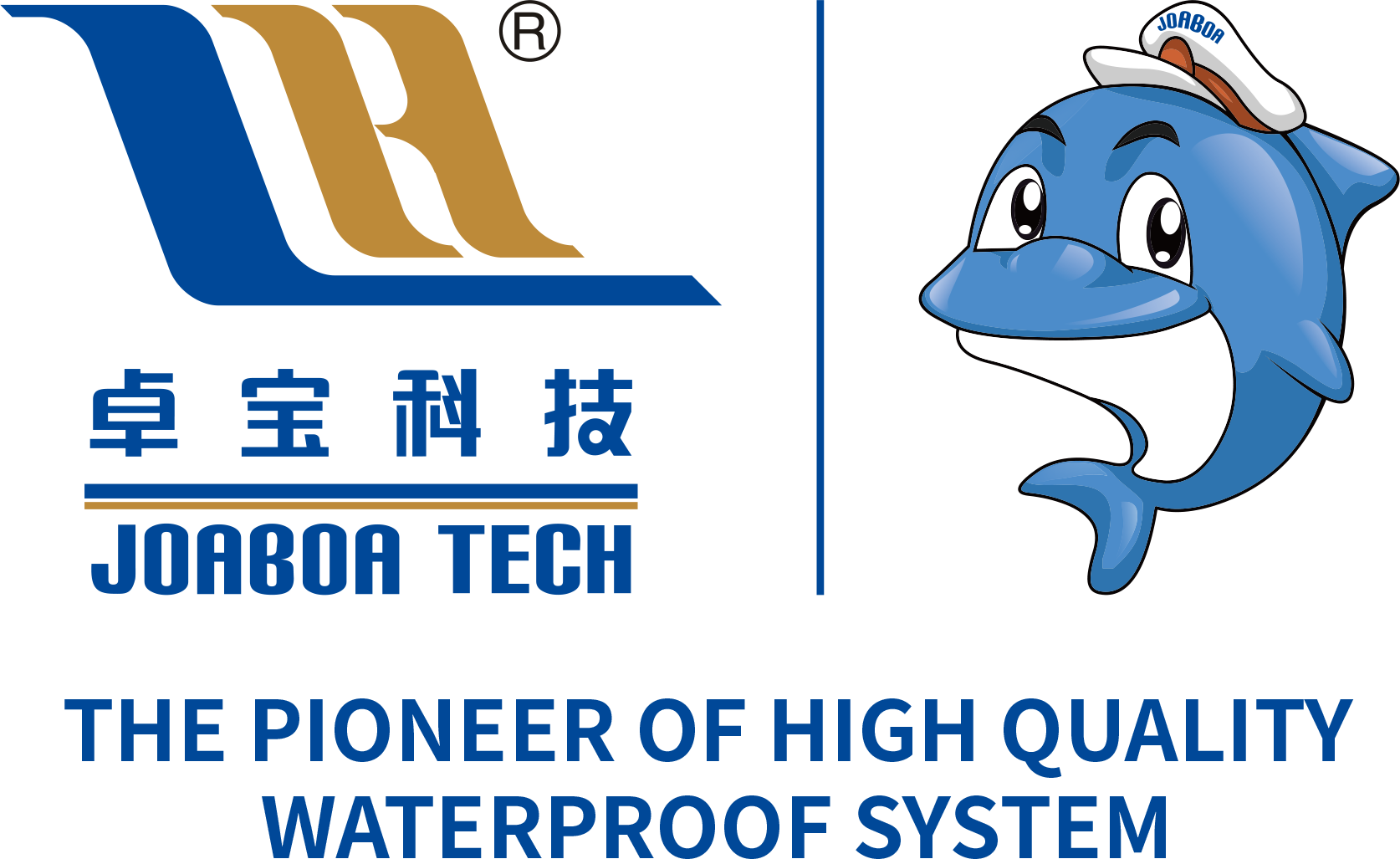Innovative Customized Waterproofing Solutions for Root Resistance: Protecting Infrastructure and Enhancing Landscapes
2025-06-03 11:41
Innovative Customized Waterproofing Solutions for Root Resistance
Table of Contents
- 1. Introduction to Waterproofing Solutions
- 2. Importance of Root Resistance in Waterproofing
- 3. Understanding Root Damage to Infrastructure
- 4. Customized Waterproofing Solutions for Root Resistance
- 5. Applications of Root-Resistant Waterproofing
- 6. Case Studies: Success Stories
- 7. Maintenance of Waterproofing Solutions
- 8. Future Trends in Waterproofing Technology
- 9. Frequently Asked Questions (FAQs)
- 10. Conclusion
1. Introduction to Waterproofing Solutions
In the construction and landscaping industry, **waterproofing** plays a critical role in safeguarding structures from damage caused by water infiltration. This need is amplified when dealing with vegetation that can compromise the integrity of buildings and infrastructures. Root systems of plants can penetrate barriers, leading to significant structural issues. Therefore, it has become paramount to develop **innovative customized waterproofing solutions** specifically designed to resist root encroachment while providing effective waterproofing.
2. Importance of Root Resistance in Waterproofing
The significance of root-resistant waterproofing cannot be understated. **Plant roots** can exert pressure on waterproofing membranes, causing punctures or breaches that ultimately lead to leaks and water damage. Furthermore, roots may seek moisture, exploiting any weak points in waterproofing layers, which may result in extensive damage over time. By investing in tailored waterproofing solutions, homeowners, architects, and contractors can protect their investments while ensuring that vegetation contributes positively to the environment.
3. Understanding Root Damage to Infrastructure
Roots are naturally persistent and can grow through various materials in pursuit of moisture. When they penetrate waterproofing systems, they not only compromise the integrity of these systems but also create a conducive environment for mold and mildew growth. Understanding the direct impact of root penetration involves recognizing how various factors contribute to root behavior. For example, soil composition, moisture levels, and the types of vegetation used in landscaping can all influence root growth patterns. This understanding is essential for implementing effective waterproofing solutions.
4. Customized Waterproofing Solutions for Root Resistance
To combat the challenges posed by root systems, we can implement a variety of customized solutions. These solutions focus on material selection and innovative techniques that enhance root resistance.
4.1 Key Materials Used
The choice of materials is crucial in developing effective waterproofing solutions. Some of the most effective materials include:
- **Root-Barrier Membranes**: Specifically designed to repel root intrusion while maintaining waterproofing capabilities.
- **Polyurethane Coatings**: These coatings provide a flexible, waterproof layer that is resistant to root penetration.
- **Bituminous Membranes**: Modified asphalt products are often employed for their durability and root resistance features.
When selecting materials, it’s essential to consider not only their waterproofing effectiveness but also their environmental impact and longevity.
4.2 Innovative Techniques
In addition to material selection, innovative techniques are employed to enhance the efficacy of waterproofing solutions. These techniques include:
- **Layered Systems**: Utilizing multiple layers of varying materials can create a robust defense against root penetration.
- **Chemical Treatments**: Applying chemical root inhibitors can prevent root growth near vulnerable structures.
- **Integrated Designs**: Combining waterproofing with landscaping practices, such as using vegetation that has non-invasive root systems, promotes both aesthetics and structural integrity.
5. Applications of Root-Resistant Waterproofing
The application of root-resistant waterproofing solutions spans various environments and structures, including:
- **Rooftop Gardens**: These spaces often feature extensive vegetation, making root resistance a priority to protect underlying roofing systems.
- **Basements**: In areas with plant proximity, basements require specialized waterproofing to prevent moisture damage from root intrusion.
- **Retaining Walls**: Waterproofing these structures is critical, especially in landscaped areas where roots may exert pressure against the wall.
Each application presents unique challenges, necessitating tailored solutions to ensure long-lasting durability.
6. Case Studies: Success Stories
Several projects have successfully implemented innovative waterproofing solutions designed for root resistance.
- **Urban Green Roofs**: One notable case involved the installation of a green roof in an urban setting. By utilizing layered root barrier membranes and specialized drainage systems, the project prevented root infiltration while promoting biodiversity and reducing urban heat.
- **Residential Basements**: A recent residential project involved waterproofing a basement located beneath a large oak tree. By applying flexible polyurethane coatings and chemical root inhibitors, the homeowner successfully mitigated the risk of root penetration, ensuring a dry and safe living environment.
These case studies highlight the effectiveness of customized solutions in real-world applications.
7. Maintenance of Waterproofing Solutions
Maintaining waterproofing systems is essential to ensure their longevity and effectiveness. Regular inspections should be conducted to identify any potential weaknesses, such as cracks or punctures in membranes. Additionally, routine cleaning of surfaces can prevent the accumulation of debris that may hinder the effectiveness of the waterproofing system. It’s also wise to monitor vegetation growth near waterproofed areas and manage plant health to avoid complications that could arise from invasive root systems.
8. Future Trends in Waterproofing Technology
As the demand for sustainable construction practices grows, innovative trends are emerging in waterproofing technology. Future advancements may include:
- **Biodegradable Materials**: Development of materials that are not only waterproof but also environmentally friendly.
- **Smart Waterproofing Systems**: Integration of sensors that monitor moisture levels and detect leaks in real-time, allowing for proactive maintenance.
- **Enhanced Plant Selection**: Continued research into plant species that offer aesthetic benefits without aggressive root systems will foster the development of more compatible landscaping solutions.
These trends indicate a shift toward more sustainable, efficient, and intelligent waterproofing methods.
9. Frequently Asked Questions (FAQs)
1. What are root-resistant waterproofing solutions?
Root-resistant waterproofing solutions are specialized techniques and materials designed to prevent plant roots from penetrating and damaging waterproofing membranes, ensuring the integrity of structures while allowing for vegetation.
2. Why is root resistance important in waterproofing?
Root resistance is crucial because roots can cause significant damage to waterproofing systems, leading to leaks, mold growth, and structural deterioration.
3. What materials are best for root-resistant waterproofing?
Key materials include root-barrier membranes, polyurethane coatings, and bituminous membranes, each offering unique benefits in terms of flexibility, durability, and root resistance.
4. How often should waterproofing systems be maintained?
Regular inspections should be conducted at least annually, with more frequent checks in high-risk areas, such as those near large trees or vigorous vegetation.
5. What innovative techniques are used in custom waterproofing solutions?
Innovative techniques include employing layered systems, chemical treatments to inhibit root growth, and integrated designs that incorporate landscaping practices to enhance both aesthetics and functionality.
10. Conclusion
Investing in **innovative customized waterproofing solutions for root resistance** is essential for safeguarding structures against the detrimental effects of root penetration. By understanding the importance of root resistance, utilizing cutting-edge materials and techniques, and maintaining these systems effectively, homeowners, builders, and landscapers can protect their investments while enjoying the benefits of greenery. As technology continues to evolve, the future of waterproofing promises even more sustainable, efficient, and effective solutions, ensuring that nature and infrastructure can coexist harmoniously.
Related News









